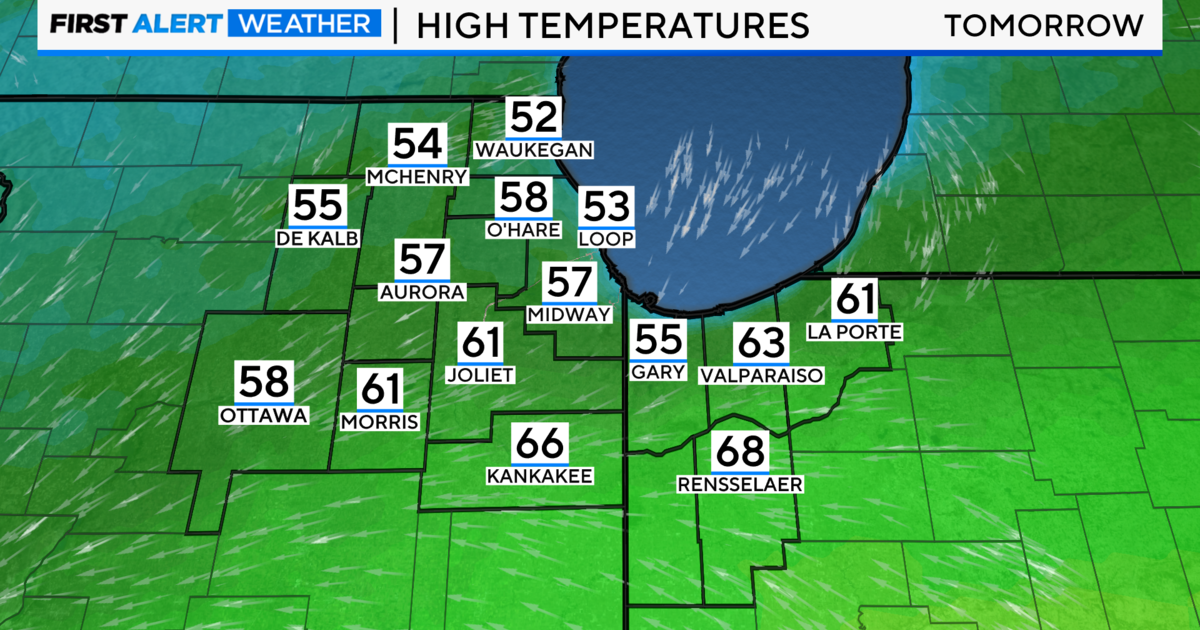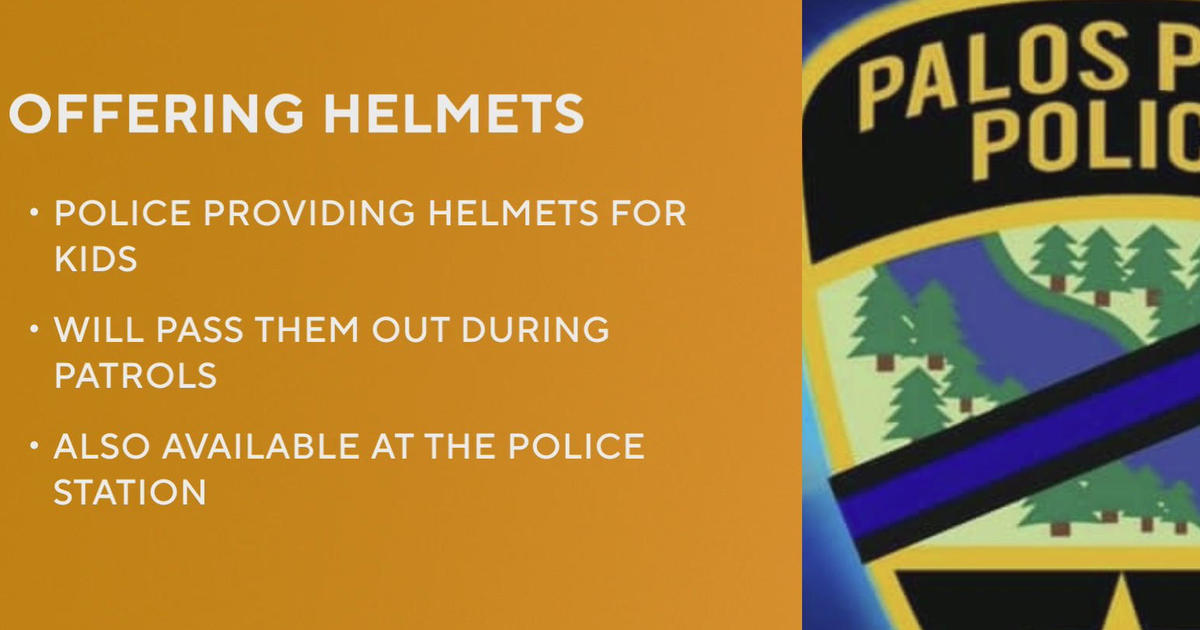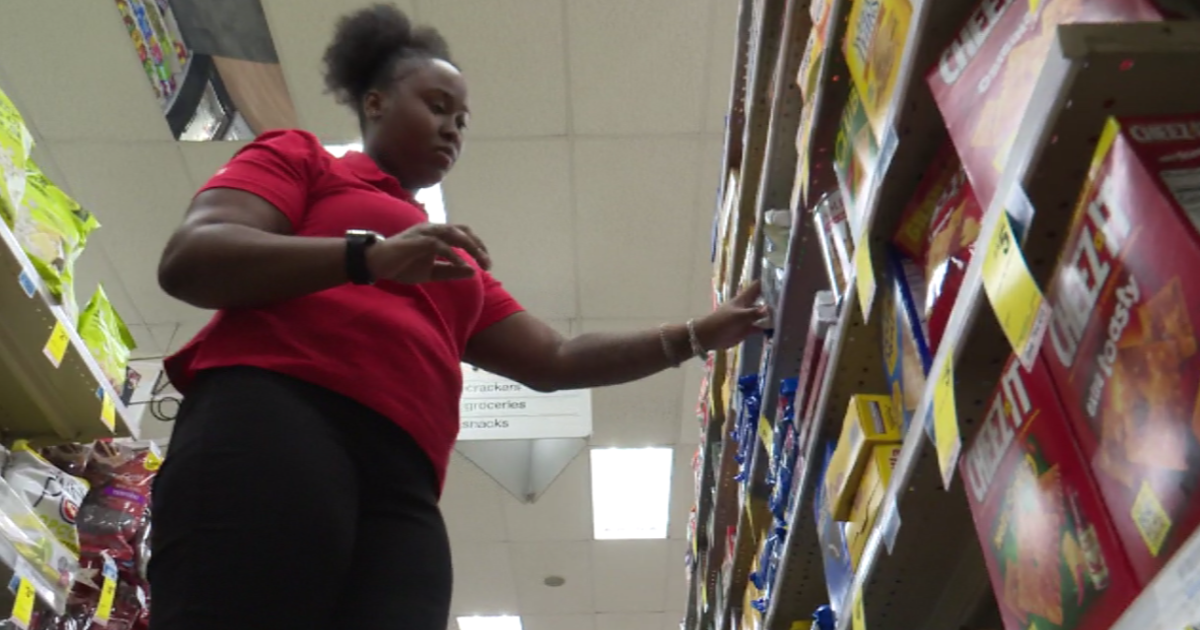AAA: Melting Snow Also Means Growing Potholes
CHICAGO (CBS) -- Rising temperatures in the Chicago area might be melting some of the snow and ice left behind by last week's blizzard, but it also will bring some new headaches for area motorists: more potholes.
The AAA Chicago motor club reminded motorists Saturday that potholes form when moisture collects in small cracks and holes in the roadway, then expands and contracts due to freezing and thawing. That breaks up the pavement, eventually creating potholes.
"Major winter storms have affected much of the country this season," AAA spokeswoman Beth Mosher said in a written statement Saturday. "While many motorists' cars have made it through the winter storm season unscathed, they could still fall victim to a pothole left in its aftermath."
Potholes could begin to be revealed this weekend. The mercury was expected to rise above freezing on Saturday, according to the National Weather Service. Though there is a chance of snow in the afternoon, highs were expected to be in the lower- to mid-30s. On Sunday, Monday, and Tuesday, high temperatures in the mid- to upper-30s, according to the Weather Service.
To protect their vehicles against pothole damage, the AAA said drivers can take the following steps:
• Inspect Tires – Make sure tires have enough tread and are properly inflated. To check the tread depth, insert a quarter into the tread groove with Washington's head upside down. The tread should cover part of Washington's head. If it doesn't, then it's time to start shopping for new tires. When checking tire pressures, ensure they are inflated to the manufacturer's recommended levels, which can be found in the owner's manual or on a sticker on the driver's door jamb. Do not use the pressure levels stamped on the sidewall of the tire.
• Inspect Suspension – Make certain struts and shock absorbers are in good condition. Changes in vehicle handling, excessive vibration or uneven tire wear can indicate bad shocks or struts. Have the suspension inspected by a certified technician if you suspect problems.
• Look Ahead – Make a point of checking the road ahead for potholes. An alert driver may have time to avoid potholes, so it's important to stay focused on the road and not any distractions inside or outside the vehicle. Before swerving to avoid a pothole, check surrounding traffic to ensure this will not cause a collision or endanger nearby pedestrians or cyclists.
• Slow Down – If a pothole cannot be avoided, reduce speed safely being sure to check the rearview mirror before any abrupt braking. Hitting a pothole at higher speeds greatly increases the chance of damage to tires, wheels and suspension components.
• Beware of Puddles – A puddle of water can disguise a deep pothole. Use care when driving through puddles and treat them as though they may be hiding potholes.
• Check Alignment – Hitting a pothole can knock a car's wheels out of alignment and affect the steering. If a vehicle pulls to the left of right, have the wheel alignment checked by a qualified technician.
• Recognize Noises/Vibrations – A hard pothole impact can dislodge wheel weights, damage a tire or wheel, and bend or even break suspension components. Any new or unusual noises or vibrations that appear after hitting a pothole should be inspected immediately by a certified technician.
(The Sun-Times Media Wire contributed to this report.)



